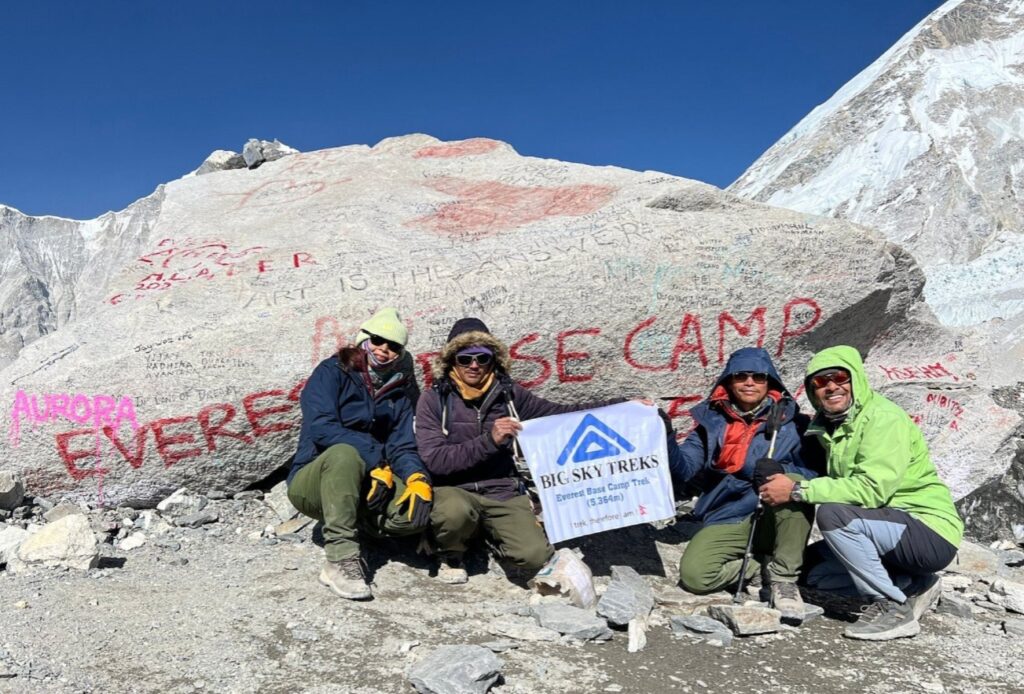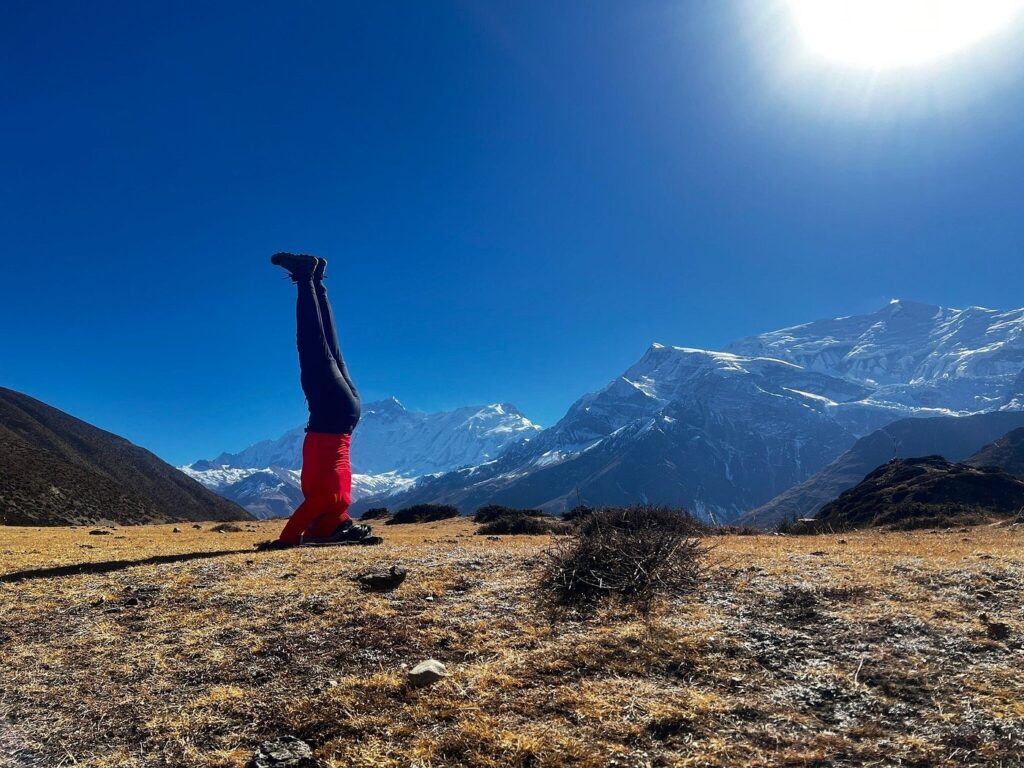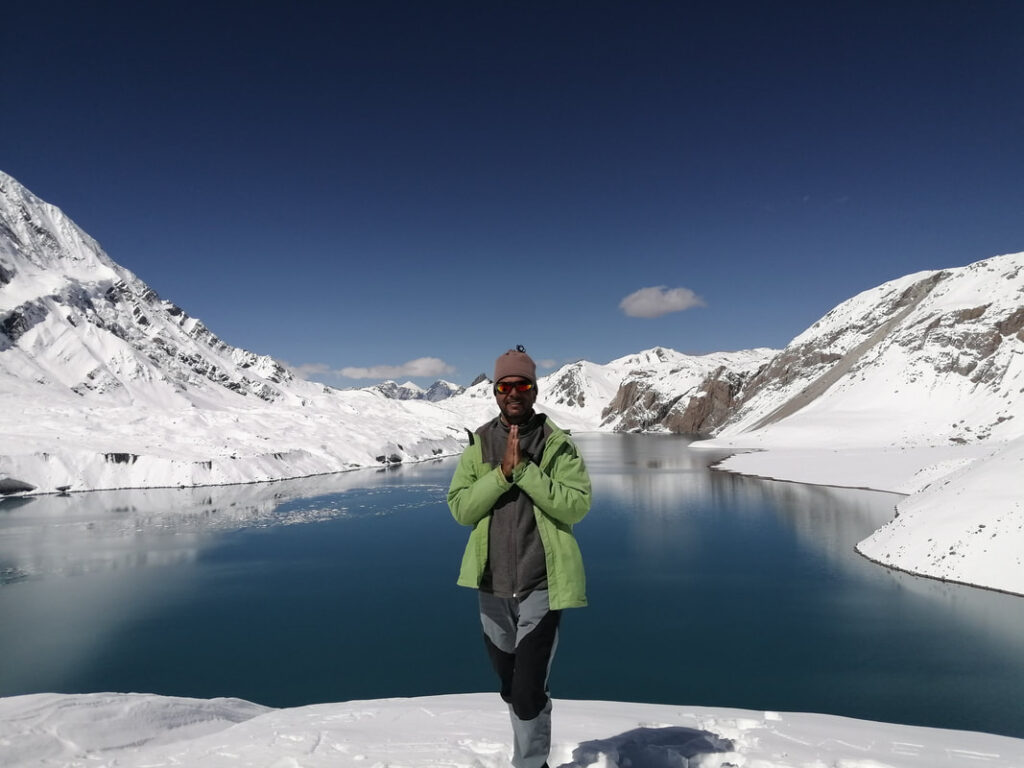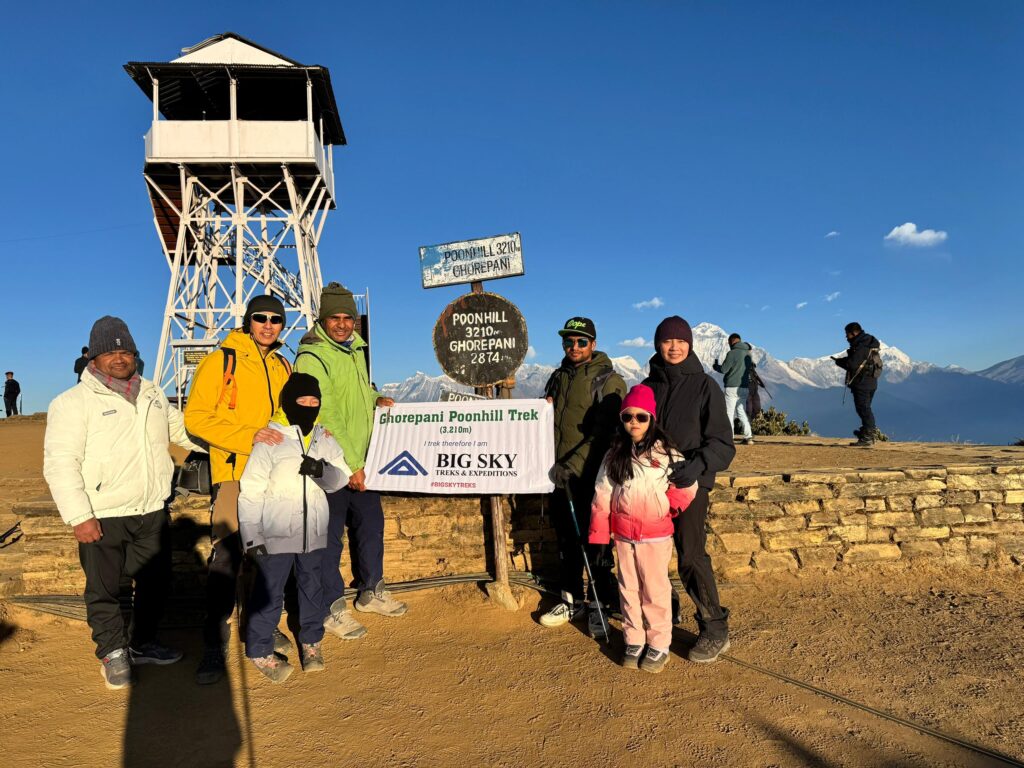What to Do in Nepal
Nepal, nestled in the Himalayas, is a global hub for adventure, spirituality, and natural beauty, offering treks to iconic peaks and thrilling activities. From the towering Everest to serene valleys, it captivates travelers with diverse landscapes and rich culture. Wondering what to do in Nepal? This guide details 10 iconic treks like Everest Base Camp Trek and Annapurna Circuit Trek, plus 5 activities such as paragliding in Nepal and jungle safari in Nepal. This itinerary ensures an unforgettable journey through Nepal’s wonders.
List of things to do in Nepal
1. Trek to Everest Base Camp

A bucket-list adventure for what to do in Nepal, the Everest Base Camp Trek (EBC) is a 12–14 day journey to 5,364 meters. Starting from Lukla, it offers stunning views of Everest and Sherpa villages. Guided tours (USD 1,200–2,000) include permits and teahouse stays. The trail passes Namche Bazaar and Tengboche Monastery, with October–November ideal for clear skies. Fitness and acclimatization are crucial for high altitude. The NPR 2,000 permit fee applies. This trek’s epic scenery and cultural immersion make it a must. (100 words)
The Everest Base Camp trek challenges hikers with rugged paths and thin air, but rewards with Himalayan vistas. Teahouses offer warm meals and Sherpa hospitality, enriching the experience. Key stops like Kala Patthar (5,545 meters) provide sunrise views over Everest. Proper gear, like insulated jackets, is essential. The sense of achievement at base camp, surrounded by towering peaks, is unparalleled. Everest Base Camp Trek, a cornerstone of Nepal’s adventure offerings, attracts trekkers worldwide, blending physical endurance with cultural discovery in the Everest region.
Pro Tip: Train for high-altitude endurance before departure.
2. Explore Annapurna Base Camp

The Annapurna Base Camp Trek is a top choice for what to do in Nepal, a 7–12 day trek to 4,130 meters from Pokhara. It offers Annapurna and Machhapuchhre views, passing Gurung villages and forests. Guided tours (USD 600–1,000) cover permits and teahouse stays. October–November or March–April ensure clear skies. The NPR 3,000 permit fee is required. Moderate fitness suits this trail, with hot springs at Jhinu Danda as a bonus. Its scenic beauty and cultural encounters make it unforgettable. (100 words)
Annapurna Base Camp Trek immerses you in diverse landscapes, from lush valleys to snowy ridges. Teahouses provide Nepali meals like dal bhat, fostering local connections. The Annapurna base camp, encircled by peaks, feels otherworldly, rewarding trekkers with a sense of awe. Proper boots and layered clothing handle variable weather. The trail’s accessibility from Pokhara and its blend of nature and culture attract adventurers globally. The Annapurna Base Camp Trek is a perfect mix of challenge and beauty, showcasing Nepal’s Himalayan splendor. (100 words)
Pro Tip: Soak in Jhinu Danda’s hot springs post-trek.
3. Hike Mardi Himal Trek

The Mardi Himal Trek, a lesser-known gem for what to do in Nepal, is a 5–7 day trek from Pokhara to 4,500 meters. It offers Annapurna and Machhapuchhre views with fewer crowds. Guided tours (USD 400–700) include permits and teahouse or camping stays. Spring (March–May) or autumn (September–November) are ideal. The NPR 3,000 permit fee applies. Moderate fitness is enough for this scenic trail through rhododendron forests and high ridges. Mardi Himal Trek’s tranquility and stunning vistas make it a hidden treasure.
The Mardi Himal Trek winds through quiet forests and alpine meadows, offering solitude compared to busier treks. Teahouses serve basic meals, while camping adds adventure. High Camp’s sunrise views over Machhapuchhre are breathtaking, rewarding trekkers with serene beauty. Trekking poles aid steep sections, and warm layers combat chilly nights. This trek’s off-the-beaten-path charm and proximity to Pokhara make it ideal for those seeking a peaceful Himalayan experience, blending natural splendor with cultural glimpses of local villages.
Pro Tip: Carry trekking poles for steep descents.
4. Conquer Annapurna Circuit Trek

The Annapurna Circuit Trek, a classic for what to do in Nepal, is a 14–21 day journey circling the Annapurna massif, reaching 5,416 meters at Thorong La Pass. Starting from Besisahar, it crosses diverse terrains, from jungles to deserts. Guided tours (USD 1,000–1,500) include permits and teahouses. October–November offers clear skies. The NPR 3,000 permit fee is required. Good fitness and acclimatization are essential for high altitudes. Its varied landscapes and cultural diversity are unmatched.
Annapurna Circuit Trek showcases Manang’s Buddhist culture and Mustang’s arid beauty, with stops like Muktinath Temple. Teahouses offer local meals, fostering cultural exchange. The pass crossing is challenging but exhilarating, with panoramic Himalayan views in Annapurna Circuit Trek. Proper gear, like waterproof boots, handles snow and rain. The circuit’s blend of adventure, scenery, and village life makes it a global favorite, offering a comprehensive Himalayan experience. Its accessibility from Pokhara or Kathmandu ensures it fits adventurous itineraries exploring Nepal’s northern frontier.
Pro Tip: Acclimatize in Manang to avoid altitude sickness.
5. Reach Tilicho Lake Trek

The Tilicho Lake Trek, a remote adventure for what to do in Nepal, is a 10–14 day trek to the world’s highest lake at 4,919 meters. Linked to the Annapurna Circuit Trek, it starts from Manang, offering Annapurna views. Guided tours (USD 800–1,200) include permits and teahouses or camping. October–November is best for clear skies. The NPR 3,000 permit fee applies. Strong fitness is needed for high altitudes and rugged paths. The lake’s turquoise beauty is a rare reward.
The Tilicho Lake Trek crosses rocky slopes and glacial paths, demanding endurance. Camping near the lake offers stunning starry nights, while teahouses provide basic shelter. The lake, framed by snow-capped peaks, feels ethereal, attracting trekkers seeking solitude. Warm clothing and sturdy boots are essential for cold, windy conditions. This trek’s challenging route and pristine scenery make it a unique Himalayan experience, perfect for adventurers craving Nepal’s untouched wilderness and breathtaking landscapes in Tilicho lake trek.
Pro Tip: Carry warm layers for freezing lake nights.
6. Wander Langtang Valley Trek

The Langtang Valley Trek, a scenic journey for what to do in Nepal, is a 7–10 day trek to 3,870 meters from Syabrubesi. Close to Kathmandu, it offers views of Langtang Lirung and Tamang villages. Guided tours (USD 500–800) include permits and teahouses. Spring or autumn are ideal. The NPR 2,000 permit fee applies. Moderate fitness suits this trail, with lush forests and glacial valleys. Its cultural richness and accessibility make it a favorite. (100 words)
Langtang Valley Trek passes Kyanjin Gompa, a Buddhist monastery, and cheese factories, showcasing Tamang culture. Teahouses serve hearty meals, fostering local bonds. The valley’s serene meadows and towering peaks create a peaceful escape. Trekking poles aid river crossings, and layered clothing handles chilly nights. Despite 2015 earthquake damage, the region’s resilience shines through. The Langtang Valley Trek’s blend of nature and culture, near Kathmandu, offers a rewarding Himalayan adventure for trekkers seeking beauty and heritage. (100 words)
Pro Tip: Visit Kyanjin Gompa for cultural insights.
7. Circle Manaslu Circuit Trek

The Manaslu Circuit Trek, a remote gem for what to do in Nepal, is a 14–18 day trek circling Mount Manaslu to 5,106 meters at Larkya La Pass. Starting from Soti Khola, it offers pristine views and Gurung villages. Guided tours (USD 1,000–1,500) include restricted-area permits (USD 100). September–November is best. The NPR 3,000 permit fee applies. Good fitness is needed for rugged terrain. Its untouched beauty and cultural depth are unparalleled. (100 words)
Manaslu Circuit Trek crosses diverse landscapes, from subtropical forests to alpine passes, with Buddhist monasteries dotting the trail. Teahouses provide basic lodging and local meals, immersing trekkers in Gurung culture. The pass crossing offers Manaslu views, rewarding endurance. Crampons may be needed for snowy sections, and guides ensure safety. Less crowded than Everest or Annapurna, the Manaslu Circuit offers a raw Himalayan experience, showcasing Nepal’s remote wilderness and traditional village life for adventurous souls. (100 words)
Pro Tip: Hire a guide for restricted-area navigation.
8. Enjoy Ghorepani Poon Hill Trek

The Ghorepani Poon Hill Trek, a short highlight for what to do in Nepal, is a 4–5 day trek from Pokhara to 3,210 meters. Famous for sunrise views over Annapurna and Dhaulagiri, it’s beginner-friendly. Guided tours (USD 300–500) include permits and teahouses. Spring or autumn offer clear skies. The NPR 3,000 permit fee applies. Basic fitness is sufficient, with rhododendron forests blooming vibrantly in March–April. Its accessibility and stunning vistas make it a must. (100 words)
Ghorepani Poon Hill Trek passes Gurung villages like Ghandruk, offering cultural glimpses. Teahouses serve Nepali meals, creating a cozy vibe. Poon Hill’s dawn panorama is breathtaking, rewarding early risers. Comfortable boots handle muddy trails, and warm layers combat chilly mornings. The trek’s moderate difficulty and proximity to Pokhara suit time-constrained travelers. The Ghorepani Poon Hill Trek’s blend of scenic beauty and cultural charm makes it a perfect introduction to Nepal’s Himalayan trekking adventures. (100 words)
Pro Tip: Wake early for Poon Hill’s sunrise.
9. Climb Mera Peak
Mera Peak Climbing, a thrilling adventure for what to do in Nepal, is a 15–18 day expedition to 6,476 meters in the Everest region. A non-technical climb, it’s ideal for fit trekkers with basic mountaineering skills. Guided tours (USD 2,000–3,000) include permits and camping. October–November or April–May ensure clear skies. The NPR 2,000 permit fee applies, plus climbing fees (USD 250). The summit offers Everest and Kanchenjunga views, making it a rewarding challenge.
Mera Peak Climbing involves glacier crossings and high-altitude camping, demanding warm gear and crampons. Training in rope techniques is provided by guides, ensuring safety. The trail passes remote Hinku Valley, offering solitude and raw beauty. The summit push, though exhausting, rewards with panoramic Himalayan vistas. Mera Peak’s accessibility from Lukla and its non-technical nature make it popular for aspiring mountaineers. This climb showcases Nepal’s high-altitude adventure, blending challenge with breathtaking scenery.
Pro Tip: Practice rope skills before the climb.
10. Summit Pisang Peak
Pisang Peak Climbing, a challenging highlight for what to do in Nepal, is a 14–16 day expedition to 6,091 meters in the Annapurna region. A technical climb, it requires basic mountaineering experience. Guided tours (USD 2,000–2,800) include permits and camping. October–November or April–May are ideal. The NPR 3,000 permit fee applies, plus climbing fees (USD 250). The summit offers Annapurna and Dhaulagiri views, attracting adventurous climbers.
Pisang Peak Climbing combines trekking through Pisang village with glacier ascents, demanding ice axes and ropes. High camps offer stunning starry nights, while guides ensure safe navigation. The summit’s panoramic views reward the effort, showcasing Nepal’s rugged beauty. Warm clothing and climbing boots are essential for icy conditions. Pisang Peak’s technical challenge and proximity to the Annapurna Circuit make it a thrilling option for experienced adventurers seeking Nepal’s high-altitude thrills.
Pro Tip: Train in ice climbing for technical sections.
11. Soar with Paragliding in Nepal
Paragliding in Nepal, a thrilling activity, is a must for adventure seekers. Pokhara’s Sarangkot is the top spot, offering tandem flights (NPR 8,000–12,000) over Phewa Lake and the Annapurna range. Flights last 30–60 minutes, with experienced pilots ensuring safety. October–April provides clear skies and smooth winds. No experience is needed, making it accessible. The aerial views of Himalayas and valleys are unforgettable, cementing paragliding as a signature Nepali experience.
Operators like Big Sky Treks offer photo packages to capture the thrill. Landings near Lakeside Pokhara are smooth, with cafes for post-flight relaxation. Paragliding’s adrenaline rush and scenic beauty attract global adventurers. Other sites, like Bandipur, also offer flights, expanding options. Booking early ensures morning slots for calm winds. Paragliding in Nepal’s Himalayan backdrop provides a unique perspective, blending excitement with nature’s grandeur, perfect for those craving adventure.
Pro Tip: Book morning flights for optimal winds.
12. Thrill with Rafting in Nepal
Rafting in Nepal offers heart-pounding adventure on rivers like Trishuli and Bhote Koshi. Half-day to multi-day trips (USD 30–150) cater to all levels, with Class III–V rapids. Operators in Kathmandu and Pokhara provide gear and guides. September–November or March–May are ideal for strong flows. No prior experience is needed, as guides ensure safety. The Trishuli’s proximity to Kathmandu makes it popular, combining thrills with scenic gorges.
Rafting in Nepal include camping options, with riverside meals under starry skies. The Bhote Koshi offers intense rapids for adrenaline junkies, while Seti is gentler for families. Paddling through Nepal’s canyons, surrounded by lush forests, creates unforgettable memories. Life jackets and helmets are mandatory, ensuring safety. Rafting’s blend of excitement and nature makes it a top activity, showcasing Nepal’s wild rivers and stunning landscapes for adventure enthusiasts. (100 words)
Pro Tip: Choose Bhote Koshi for intense rapids.
13. Explore Jungle Safari in Nepal
Jungle Safari in Nepal, particularly in Chitwan National Park, is a wildlife adventure. Jeep or elephant-back safaris (USD 50–150) spot rhinos, tigers, and crocodiles. Guided tours from Kathmandu or Pokhara include lodging and meals. March–May offers clear sightings, though September–November is also good. Binoculars enhance viewing, and guides ensure safety. Chitwan’s UNESCO status and biodiversity make it a must for nature lovers seeking Nepal’s lowland wonders. (100 words)
Jungle Safari in Nepal explore grasslands and rivers, with canoe trips revealing aquatic life. Lodges in Sauraha offer cultural Tharu dance shows, enriching the experience. Bardia National Park, less crowded, provides a wilder alternative. Spotting a Bengal tiger is a rare thrill, while birdlife captivates enthusiasts. Sun-protective clothing is essential in open jeeps. Jungle safaris showcase Nepal’s diverse ecosystems, offering a contrast to Himalayan treks and a deep connection to its wildlife. (100 words)
Pro Tip: Bring binoculars for better wildlife spotting.
14. Leap with Bungee Jumping in Nepal
Bungee Jumping in Nepal, a thrilling activity, is offered at The Last Resort near Bhote Koshi River. At 160 meters, it’s one of Asia’s highest jumps (USD 80–120). A 3-hour drive from Kathmandu, it’s open year-round, with September–May ideal for clear views. No experience is needed, but courage is! Safety harnesses and trained staff ensure security. The jump’s adrenaline rush, with Himalayan gorges below, is unmatched for thrill-seekers.
Bungee Jumping in Nepal offers stunning river views, with a free-fall thrill lasting seconds but etched forever. Post-jump, relax at the resort’s bar or try canyoning. Pokhara’s newer bungee site near Hemja adds options. Booking in advance secures slots, especially on weekends. Bungee jumping’s heart-pounding excitement, set against Nepal’s dramatic landscapes, makes it a must for adrenaline junkies, complementing the country’s adventure offerings with a unique rush.
Pro Tip: Book in advance for weekend slots.
15. Enjoy Bird Watching in Nepal
Bird Watching in Nepal is a serene activity, with over 850 species across diverse habitats. Chitwan and Koshi Tappu Wildlife Reserve are top spots, hosting hornbills and migratory birds. Guided tours (USD 50–100/day) from Kathmandu or Pokhara include binoculars and experts. March–May or October–November offer peak sightings. No expertise is needed, just patience. Nepal’s biodiversity, from lowland jungles to Himalayan foothills, makes it a birder’s paradise.
Chitwan’s canoe trips spot waterbirds, while Phulchoki Hill near Kathmandu offers highland species. Guides identify calls, enhancing the experience. Binoculars and neutral clothing improve sightings, avoiding disturbance. Bird watching’s calm pace contrasts Nepal’s high-adrenaline activities, appealing to nature lovers. Koshi Tappu’s wetlands attract rare species like swamp francolins. This activity showcases Nepal’s ecological richness, offering a peaceful way to connect with its wildlife and landscapes.
Pro Tip: Visit Koshi Tappu for rare wetland species.
Additional Nepal Experiences
Beyond treks and activities, Nepal offers:
- Yoga Retreats: Join sessions in Pokhara (NPR 1,000–2,000).
- Cultural Tours: Explore Tharu villages in Chitwan.
- Mountain Biking: Ride trails near Kathmandu.
- Meditation: Retreats in Lumbini.
- Festivals: Experience Dashain in October.
Practical Tips for Nepal
- Best Time: October–November for clear skies.
- Getting Around: Use buses, taxis, or domestic flights.
- Dress Code: Layer for treks, modest for villages.
- Health: Drink bottled water, carry altitude pills.
- Budget: NPR 5,000–10,000 daily, permits NPR 2,000–3,000.
Why Visit Nepal?
Nepal blends adventure and culture, offering endless possibilities for what to do in Nepal. From Everest Base Camp to jungle safaris, it captivates. Trek Annapurna, soar with paragliding, or watch birds—Nepal’s soul shines. Plan 7–14 days for a complete adventure.
How Big Sky Treks Helps
Big Sky Treks enhances what to do in Nepal with tailored tours. Guides lead Everest Base Camp or Annapurna treks, arrange paragliding, or plan jungle safaris. Their sustainable approach and seamless logistics ensure unforgettable adventures, showcasing Nepal’s Himalayan peaks, rivers, and wildlife.



